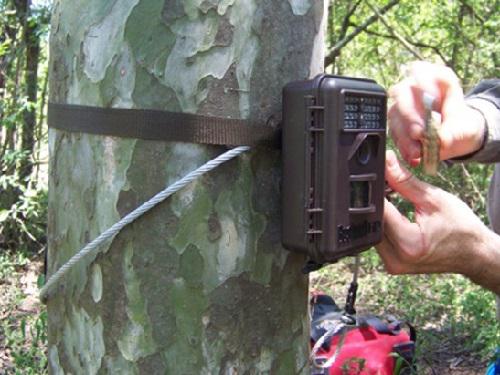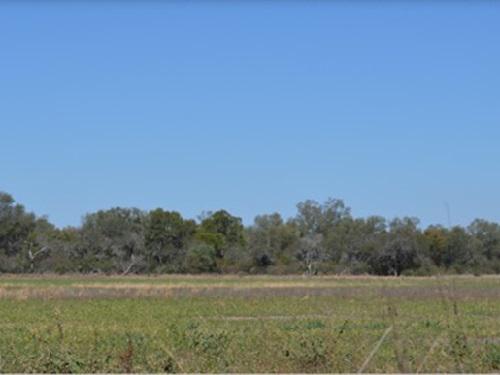Bibiana Gomez
We will describe the assemblage of medium sized mammals in the Three Quebrachos Forest agroecosystem in relation to connectivity and fragmentation.

The agriculture expansion and deforestation in the Argentinean Chaco have been very intense in recent decades (1992-2010), concentrating the 85% of land use change of the country, due to the application of new technologies and commodity prices, being the main deforestation areas of Latin America. The 60% was cleared at Three Quebrachos forest in the Sub-humid Central Argentinean Chaco. Actually, this forest it is characterized by a fragmentation process, where remaining fragments were immersed in an agricultural matrix, located in private properties with high potential for agriculture. Although this endangered region is a conservation priority at a regional scale, nothing of its surface is protected. It is unknown the consequence of the loss and fragmentation of the three quebrachos forest on the native fauna. The origin of our work is to determine how biodiversity can be maintained in this agroecosystem with different levels of habitat degradation, connectivity and fragmentation, specifically analyze the medium-sized mammals as a focal group. It is crucial to understand the terrestrial medium-sized assemblage in this fragmented and disturbed areas, since this group includes threatened and data deficient species on the actual austral limit of distribution, and must receive urgent conservation and management attention.

Our work is going to achieve:
1. Describe the medium-sized mammal’s assemblage composition and structure in the Three Quebrachos fragmented forest.
2. Analyze the habitat use of medium-sized mammals in the Three Quebrachos fragmented forest.
3. Analyze the structural and functional connectivity of Three Quebrachos fragmented forest.
4. Designing a conservation landscape proposal for Three Quebrachos Forest fragments.
The lack of information about local species diversity, ecology and habitat requirements made difficult the long-term conservation planning of the Three Quebrachos forest fragments. This research will allow us to generate information about the assemblage of medium-sized mammals and the habitat use in relation to forest fragmentation within an agricultural matrix, with different history of use, spatial configuration, habitat quality and quantity. Likewise, we will quantify connectivity of forest fragments in this agroecosystem. This research will generate information needed to generate recommendations to establish conservation priority sites with adequate fragments and wildlife corridors for the conservation of biodiversity in this human dominated landscape.